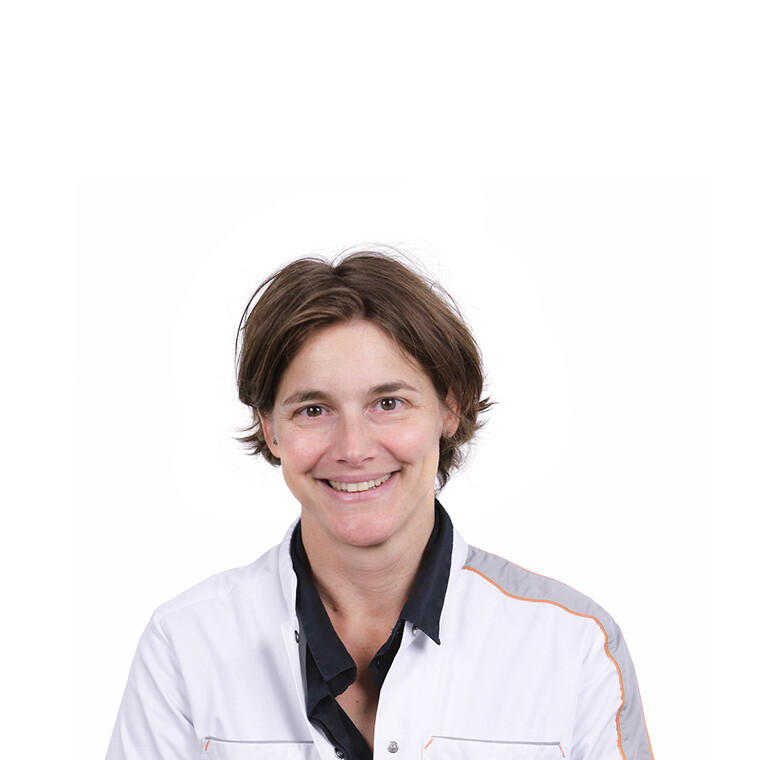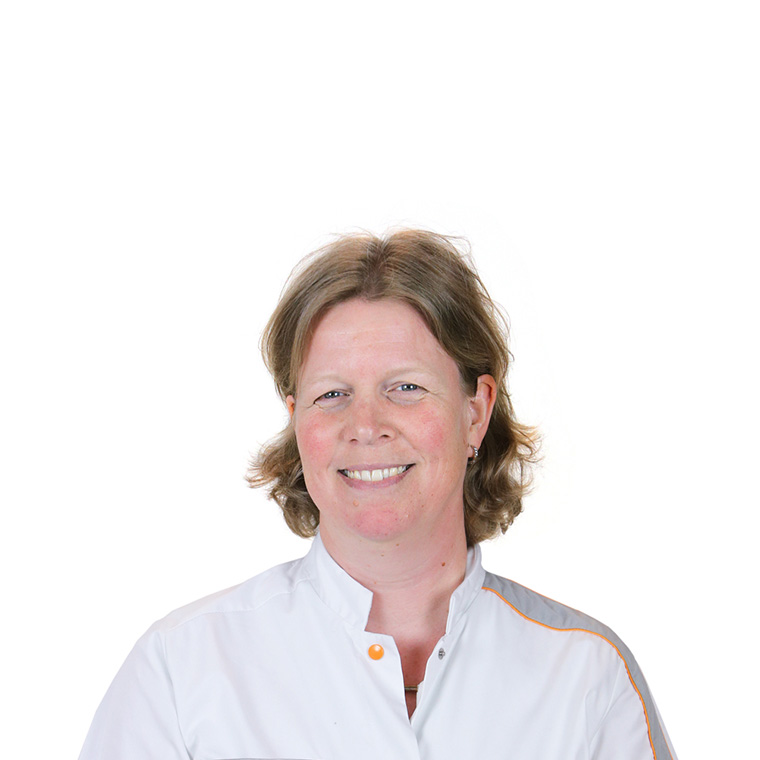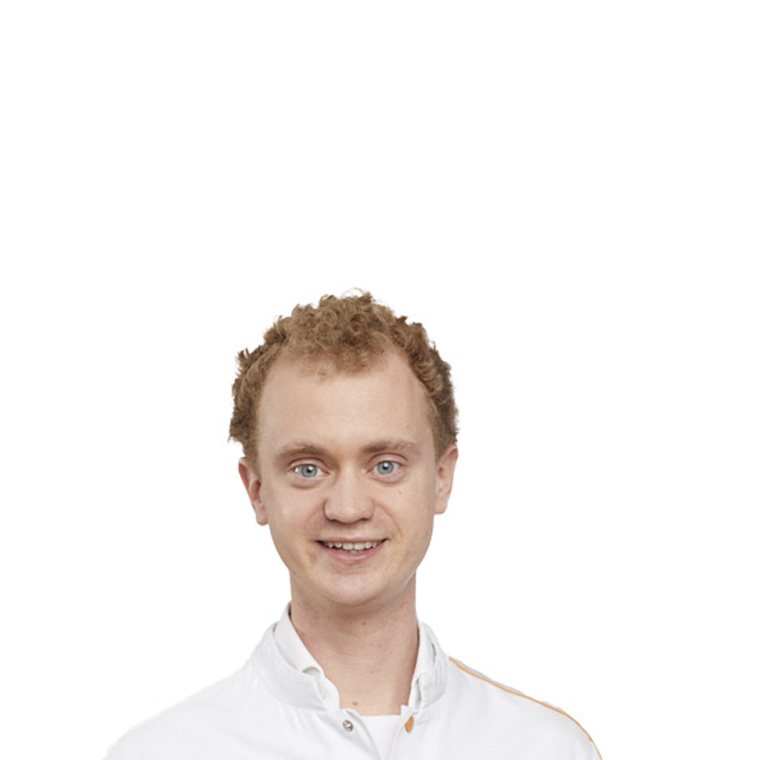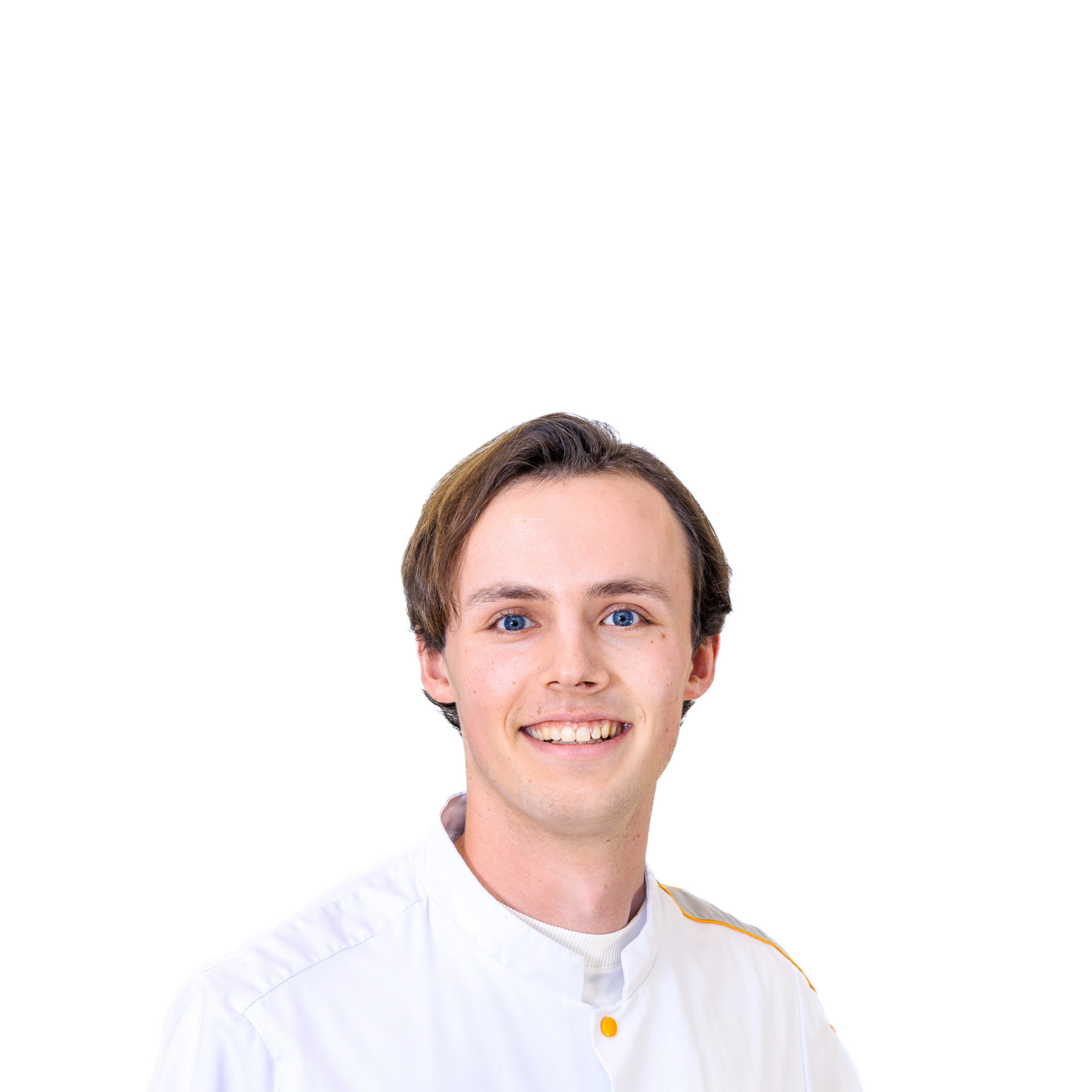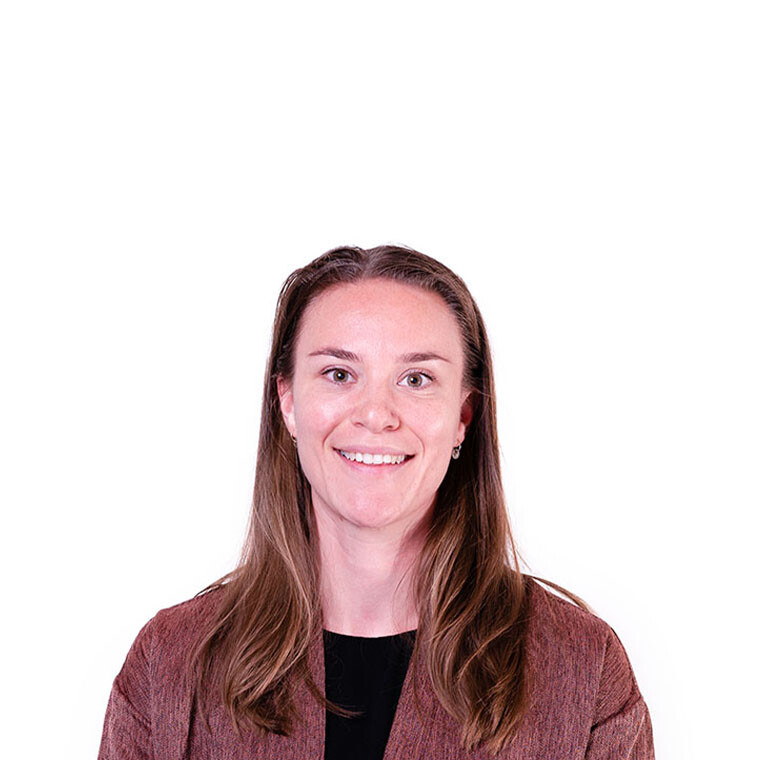Group leader: Prof. dr. Marc Wijnen
Clinically, the Wijnen group collaborates closely with oncologists to minimize complications, such as reducing line infections and improving diagnostic accuracy in partnership with the pathology department. Technically, we focus on advancing 3D visualization methods, navigated surgery, fluorescence-guided surgery, and image analysis to ensure the highest precision during operations. These cutting-edge techniques are developed and implemented for one or more surgical procedures for children with cancer.
Line Infections
Our clinical research aims to reduce line infections, a common complication in pediatric cancer surgery. We have performed retrospective and prospective studies to understand line infections better and to prevent them. Moreover, this involves exploring new protocols and technologies to enhance patient outcomes. For example, we have performed a large randomized controlled trial on the use of Taurolock to clean lines after use, aiming to decrease these infections (KWF funded study). Read more here.
Diagnostics
To determine the type of cancer a child has, we perform a biopsy of the tumor. Under a microscope, the tumor's appearance (morphology) is examined, and special stains (immunohistochemistry) are applied. Additionally, we analyze DNA changes within the tumor (molecular diagnostics). Our research focuses on these diagnostic methods in collaboration with the pathology department, particularly examining DNA alterations in neuroblastomas to understand their impact on tumor aggressiveness.
Kidney Tumors
Our research in kidney tumors aims to develop new 3D visualization methods for preoperative and intraoperative use, enabling surgeons to perform more precise and kidney-sparing operations. We have developed a technique where surgeons can see a holographic projection during surgery using a HoloLens, which provides detailed insights into the tumor's location and depth (KWF funded study). Building on this, we are exploring the Apple Vision Pro's Spatial Computing capabilities, which offer new positioning techniques and models that account for the kidney's deformability.
Neuroblastoma
We aim to improve surgical decisions and precision for children with neuroblastoma. By creating 3D models of the neuroblastoma and its surrounding organs before surgery, we can integrate biological information to distinguish aggressive from non-aggressive parts of the tumor. This potentially guides surgeons to target aggressive tumor areas for resection while minimizing complications by sparing non-aggressive areas.
Additionally, we are pioneering targeted fluorescence-guided surgery for neuroblastoma. Our team has developed and validated a neuroblastoma-specific fluorescent agent in mice, anti-GD2-800CW, which highlights the tumor during surgery (Previous study). We are currently evaluating its potential in clinical trials to improve tumor visibility and resection accuracy (KWF funded study).
Germ Cell Tumors
Germ cell tumors are a rare group of tumors that can occur in the gonads (testes and ovaries) and various other body parts, such as the chest cavity, abdominal cavity, and around the sacrum. These tumors can behave in diverse ways, from entirely benign to aggressive with potential for metastasis. Our research group has studied all germ cell tumors in the Netherlands from before the establishment of the Princess Máxima Center and compared them with those treated since its opening. We collaborate with pathologists and medical molecular researchers to identify specific characteristics of these tumors to understand their behavior better. Our goal is to identify which types of germ cell tumors might benefit from different treatment approaches to improve overall survival rates.
Bone and Soft Tissue Tumors
Integrating 3D models into pediatric oncology surgery has significantly advanced our capabilities, though these visualization techniques are not yet fully utilized during procedures. Our current research focuses on innovative surgical navigation for sarcoma surgery. We are exploring the benefits of tracked ultrasound-based navigation for precise intraoperative guidance. By combining ultrasound technology with our 3D models, surgeons can receive real-time imaging that integrates with the surgical plan, offering crucial anatomical details during surgery (KWF funded study).
Another innovative approach in sarcoma surgery is the use of indocyanine green (ICG) for untargeted fluorescence-guided surgery. ICG emits light when illuminated with a special camera, accumulating in the tumor and helping surgeons distinguish between tumor tissue and healthy tissue. However, the intensity of ICG fluorescence varies among patients and tumors, creating differences in visibility of the tumors. We hypothesize that factors such as the type of sarcoma and prior chemotherapy or radiation therapy affect ICG's effectiveness, based on its use in both adults and children.
Image Analysis
Our research extends to advanced image analysis techniques that support and enhance surgical procedures. By using advanced imaging techniques, with the focus on Artificial Intelligence and Deep Learning, we hope to not only aid the clinicians but to expand our knowledge beyond human comprehension. By continually refining these methods, we aim to provide surgeons with better tools for diagnosing, planning, and executing surgeries with the highest precision and the best outcomes for pediatric cancer patients. For example, we initiated the SPPIN challenge (Surgical Planning in PedIatric Neuroblastoma) at MICCAI 2023 to collaborate on automated segmentation of MRI scans of neuroblastoma to facilitate surgeons during preoperative planning (SPPIN Challenge).




